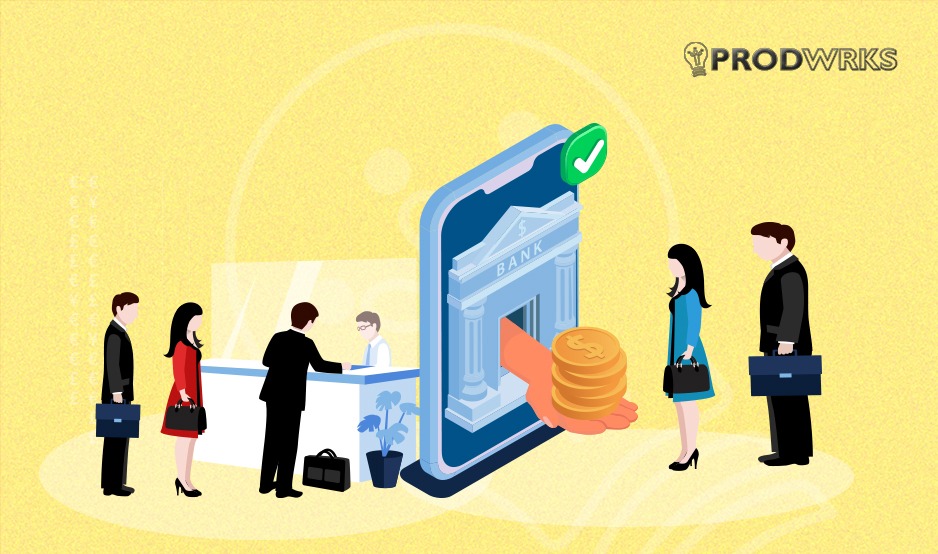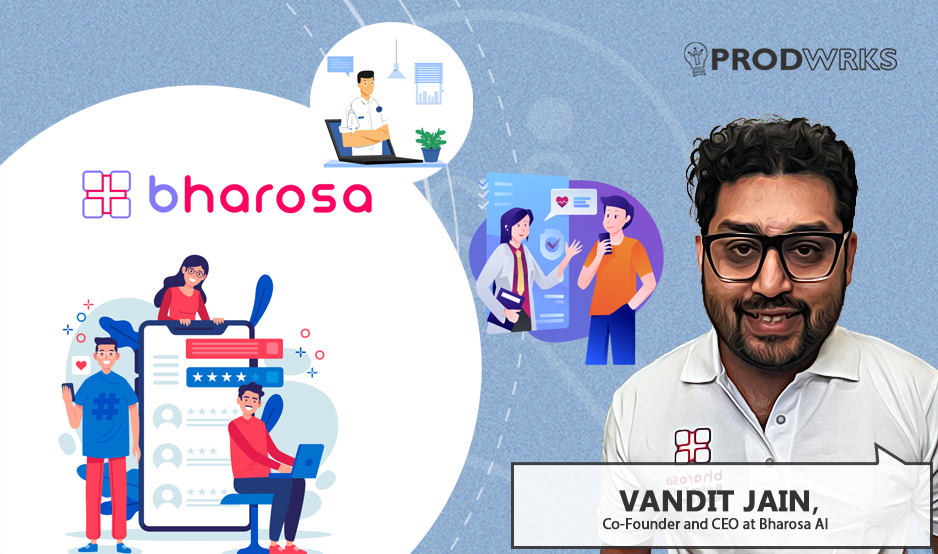
The author of this article, Praveen Paulose, is the MD & CEO of Celusion Technologies.
Before adopting digital technology in the banking and finance industry, customer onboarding was a long, manual affair. It included many processes that were often time-consuming and very tedious.
Customers were required to physically visit branches of financial institutions to open an account and fill out forms for the financial services they needed. Following this, they would be required to verify many documents such as driver’s licenses, government IDs, passports, etc. These would be required for authenticity purposes. Customers also had to manually enter data for all the documents that needed their information. This was a very time-consuming process and increased the chances of human error.
Upon filling out information for the required documents and written submissions, the applications would have to undergo an extensive review process. The review process would consist of multiple levels of verification and approvals, leading to inevitable delays in case of even a single error at any stage of the process.
Adding to this, banking and financial institutions would conduct their own set of background checks on applicants. These would include credit checks and many other assessments to evaluate a customer’s financial reliability to avail the services from the institution.
To facilitate the onboarding processes across stages, institutions would require customers to be present for communication in person, which would drastically prolong the entire process, making it a long-term affair. In transactions that involved physical documents, they would have to be dispatched to customers at their addresses.
This alone could take anywhere between a few days to a few weeks. Finally, in the end, customers could activate the accounts they applied for. However, this would only be with more paperwork or procedures coindinging with it.
Digital invasion with technology-led innovation
The internet gave rise to many innovations in the new digital space, and technology played a profound role in adding many newfound conveniences to the processes involved with customer banking and financial transactions.
As online services continued to expand and be more commonly used, customers started performing basic transactions, viewing their financial information and operations- all digitally. Suddenly, everything they knew and did regarding their finances was taken online.
Upon seeing this, financial institutions began to offer more of their services digitally, such as opening a bank account, applying for loans, and more. These steps encouraged having the customer onboarding process online.
In addition to filling out forms online, customers today can electronically sign the required documents to open an account with the bank/ financial institute. This eliminates the need to be physically present to carry out signatures and removes associated hassles such as postal deliveries to customer addresses.
Following this, customers can verify their identity and other personal details in minutes. Technological tools such as facial recognition, document scanning, and biometric data enabled the assessment and analysis of customers’ details with ease and efficiency and, most importantly, in a more secure manner.
Over time, the regulatory frameworks of banking and financial institutes enabled customer identification processes to happen remotely at a customer’s convenience.
Age of smartphones and advanced network services
Another significant technological development came in the form of the large-scale adoption of smartphones. This was a dramatic game-changer in how people would carry out the many activities in their daily lives. The rise in the use of smartphones and the integration of 4G-5G services in remote locations was a significant push towards digitizing the onboarding process in the banking and finance industry.
For starters, it made the process much more accessible to people due to smartphones’ prevalence in people’s hands. Additionally, banking and financial institutions were able to develop their proprietary apps for customers to make the process all the more easy. Since people spend a considerable part of their time using their smartphones, customers can receive updates, notices, and other information regarding their financial transactions directly.
Boon of the digital era in onboarding customers in the financial and banking industry
Digital customer onboarding has proven to be a streamlined and efficient process for people to open accounts for themselves, avail the different financial services they need, and so on. By eliminating the need for customers to be physically present in person, financial institutions can provide their services faster, which customers can access from anywhere they are.
This also eliminates the need for extensive paperwork, resources to review submitted documents, etc. The digitization of entering data required for financial services also increases the overall accuracy and decreases the risks of errors regarding crucial customer information.
The processes involving digital onboarding are far more secure than traditional methods. This is attributed to the robust security measures built to keep customer information and data safe from breaches, frauds, hacking, etc.
Verification methods via digital technology add to this by adding a wall of security for consumers, preventing anyone else or an unauthorized person from accessing customers’ financial information, making the process of digital onboarding even more reliable.
From the point of view of banking organizations, companies can cut operational costs from processes associated with physical presence since these companies do not have to invest in the physical infrastructure as much.
The lack of a need for these physical provisions also frees up human resources and other resources involved in traditional processes. Financial institutions can also leverage digital onboarding processes to cross-sell their other services that customers can avail. This enhances the revenue/ earnings of companies.
The data generated via digital onboarding is highly beneficial for analytics and insights companies can use to improve their services. Furthermore, these companies can better understand consumer habits, preferences, and behaviours associated with finance.
In a world where daily life is made increasingly convenient thanks to technological advancements, financial institutions must look for more ways to make things easier for customers. Digital onboarding is one such process that achieves this without compromising consumers’ data security.
Institutions in the finance industry must embrace this form of onboarding customers and aim to set a new standard. In doing so, companies must also put customers’ best interests at heart to give them services that are truly game-changing in every aspect.
Digital onboarding is critical for banking and financial transactions for customers and banking companies. It provides customers with easier and more efficient experiences, improved security, freedom of accessibility, and so many more benefits. Subsequently, companies benefit from reduced operational costs and a better understanding of their customers, to name but a few.
Digital onboarding will continue to be pivotal for brands looking to have a competitive edge over others in the market in offering easy, quick, and secure services for their customers.
ABOUT THE AUTHOR

Praveen Paulose became a first generation entrepreneur when he started Celusion Technologies. The idea was based on the premise that they could build great software but today their software is changing the way people look at finance. Celusion Technologies has been a bootstrapped company that has always been careful with the money and they have been profitable from the word Go. They follow a flexible business model ranging from cloud based software as a service to licence based fees for on site deployment.
Praveen is passionate about technology and spends most of the day either programming or reading about the next big thing in technology and how that can be applied to their offerings. He loves solving complicated business challenges using technology.
His business mantra is summed up in three words, “Possible is Everything.” Today, Praveeen is a sought after business leader in the fintech sector in India that is on an explosive growth path.



